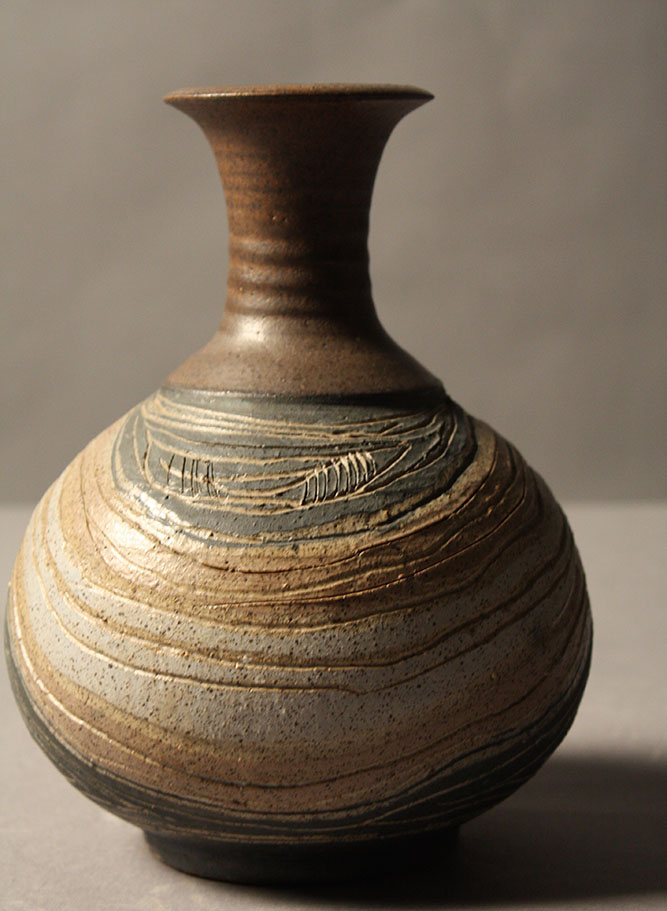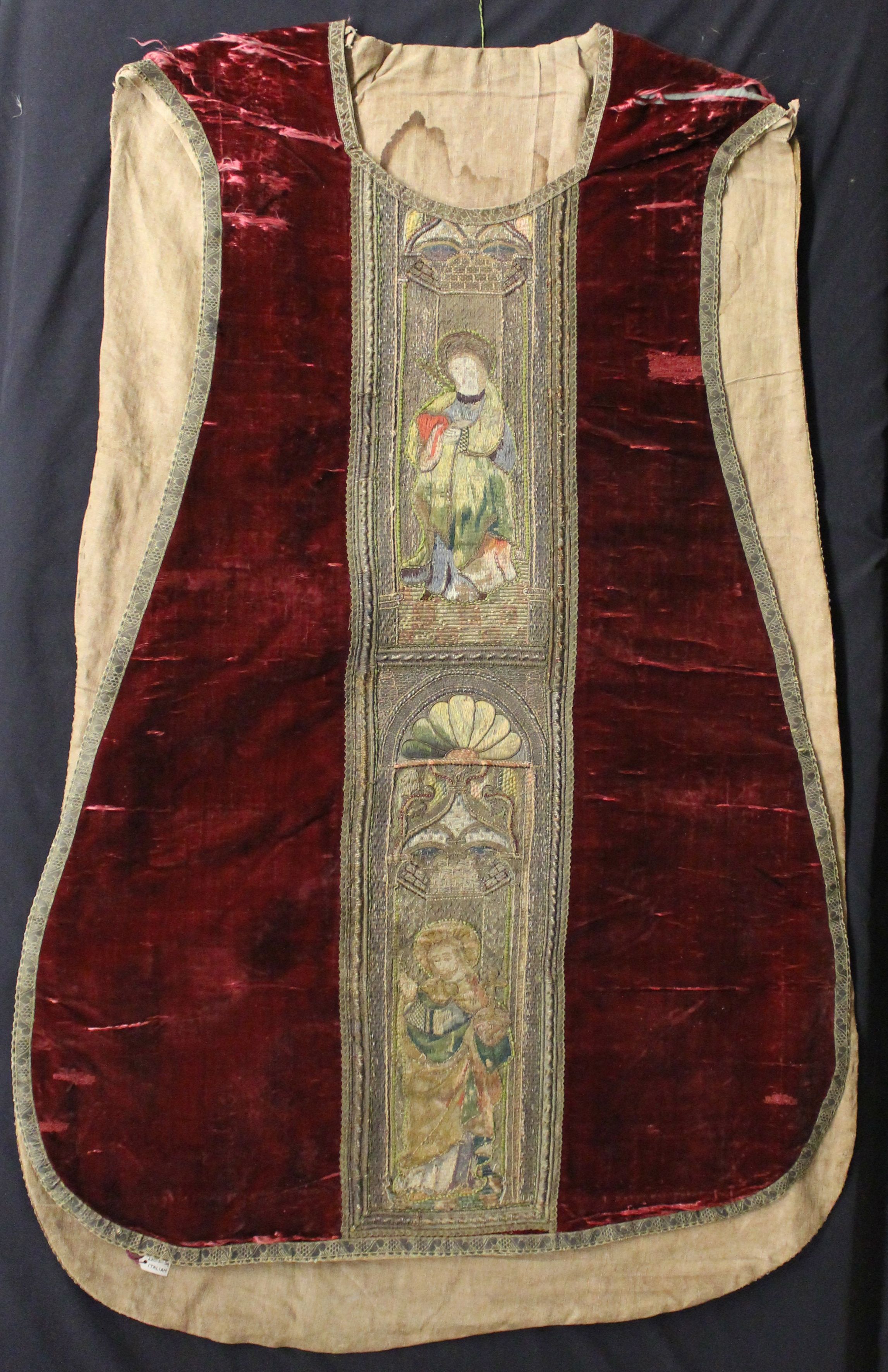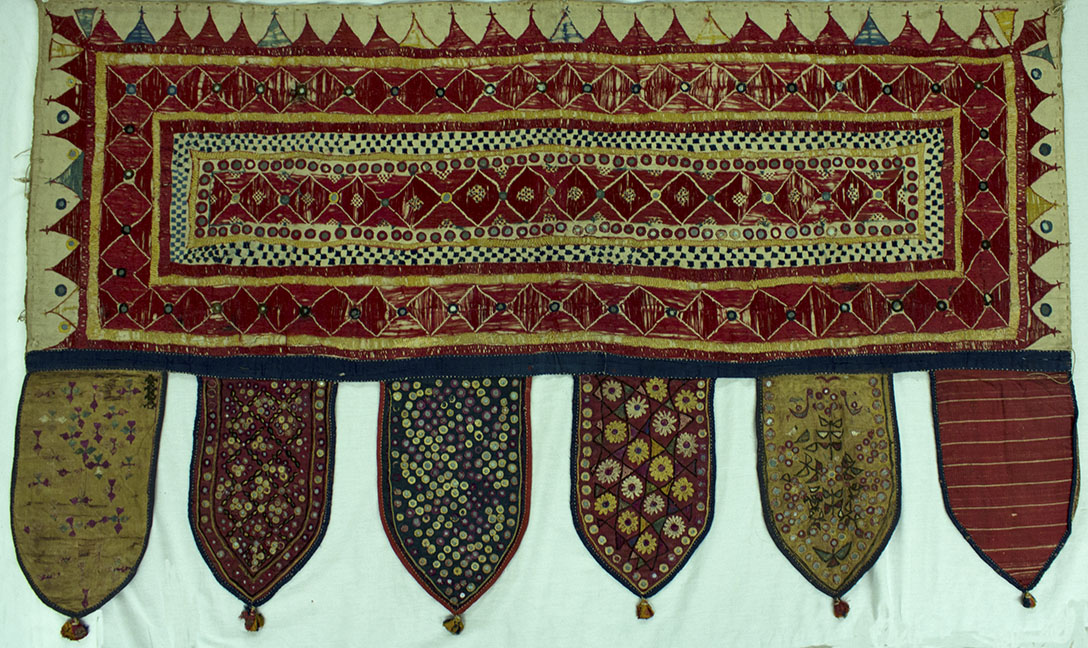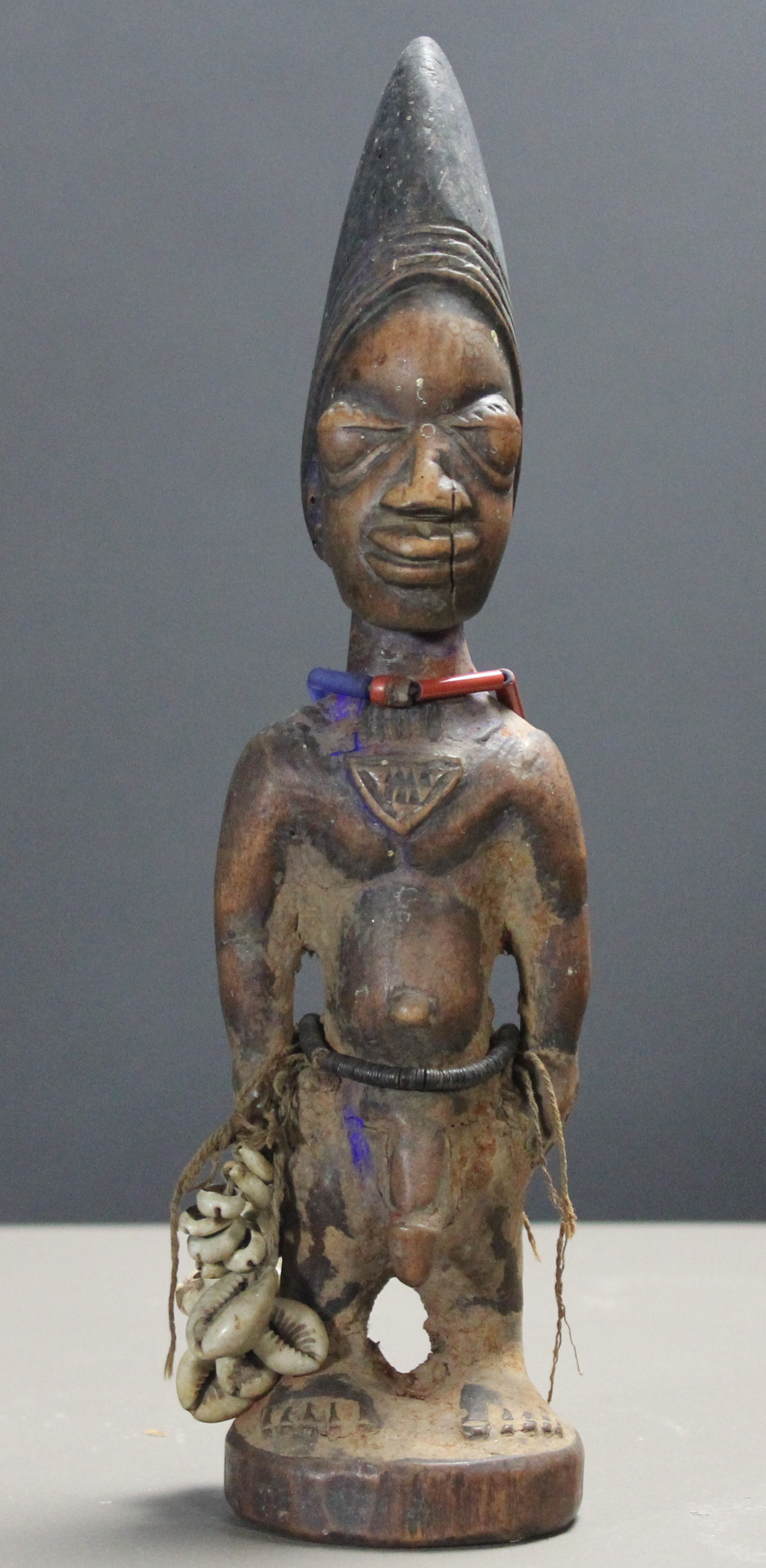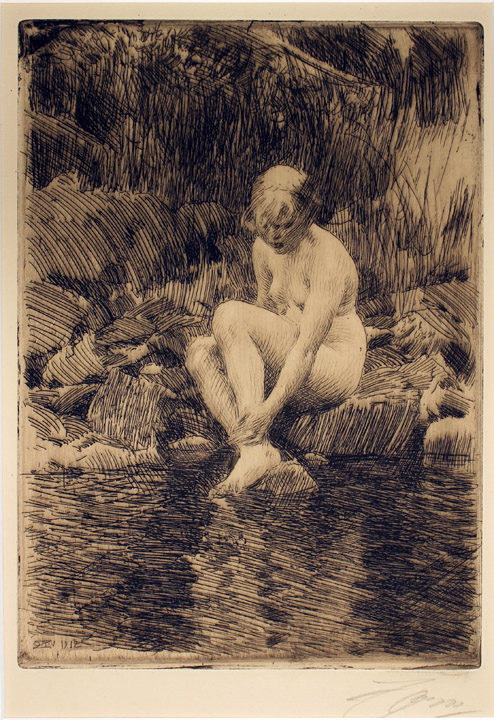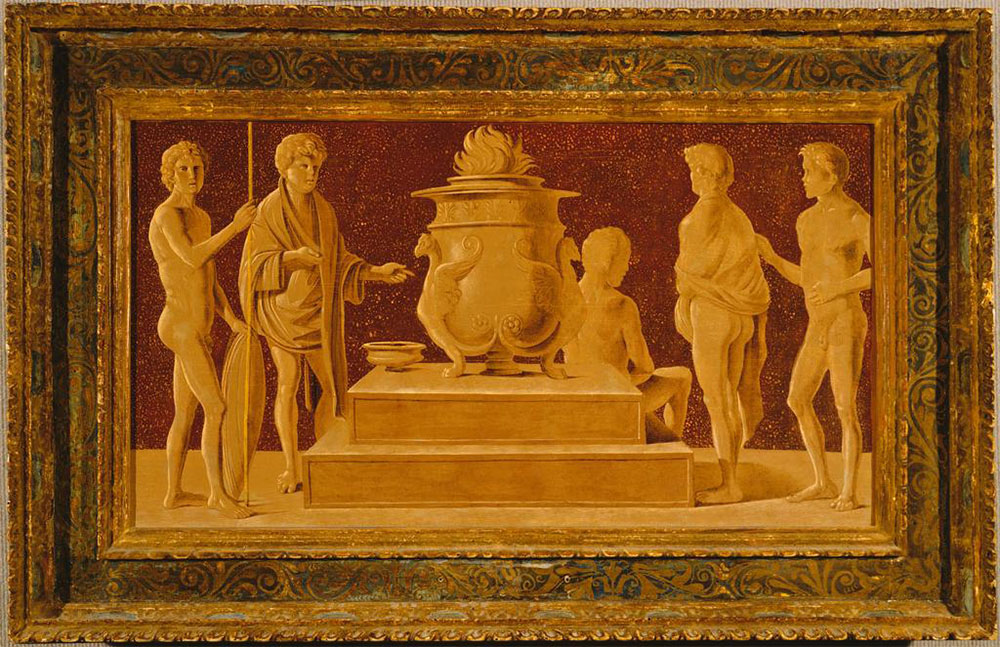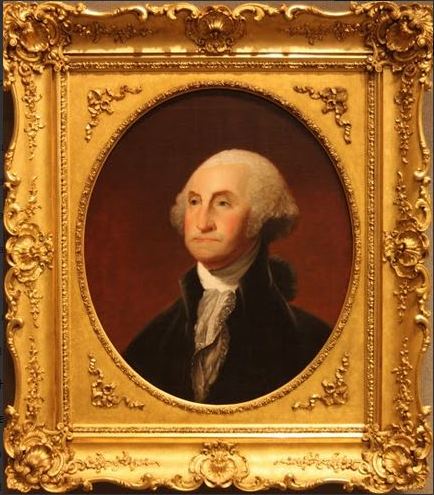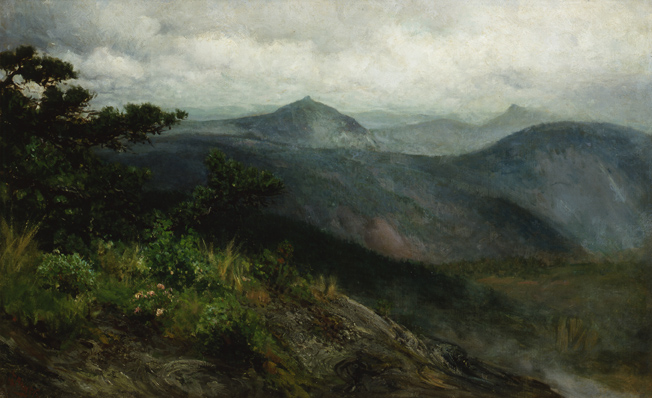This piece was originally the center panel of a small triptych commissioned for a side altar or chapel. The panel depicts the Virgin Mary seated on a brocaded pillow upon a high platform. She holds the Christ child and a rose—a sign of her beauty and purity. Upon either side of her throne are her [...]
Beaver Ridge Vase
Susan Romer2016-06-27T20:26:52-04:00Charles Counts was an American Renaissance man who worked to preserve the art forms of his native Appalachia. He was a proficient weaver, quilter, teacher, writer, and activist. However, he is best known for his pottery. Born in Lynch, Kentucky, Counts graduated from Berea College where his devotion to his native culture was fostered and [...]
Red Velvet Chasuble
Susan Romer2019-05-15T09:05:19-04:00The chasuble is the outermost liturgical vestment worn by clergy for the celebration of the Eucharist in Western-tradition Christian Churches that use full vestments, primarily in the Roman Catholic, Anglican, Lutheran, and United Methodist Church (during the Eucharist). In the Eastern Orthodox Churches and in the Eastern Rite Catholic Churches, the equivalent vestment is the phelonion. The chasuble originated [...]
Toran
Susan Romer2019-05-15T09:05:19-04:00Toran is the Sanskrit name of a sacred or honorific gateway. Torans are used both personally, in homes, and sacredly in Buddhist and Hindu architecture. Its typical form is not fabric, as is shown here, but a wood or stone. Especially in Temple entrance ways, torans are sculptural post and lintel systems.This fabric toran was more [...]
Ibeji
Meghan Doherty2019-05-15T09:05:19-04:00In Nigeria, the Yoruba peoples see twins as possessing magical qualities. Twins are believed to be descendants of Shango, the thunder god, and are therefore known as Thunder Children. In the native tongue of the Yoruba peoples twins are known as Ibejis. If a twin dies a figure is created to house the spirit and [...]
Dagmar
Meghan Doherty2019-05-15T09:05:19-04:00Part of Zorn’s famous nude series, this etching was created two years before the start of World War I. Zorn was a Swedish virtuoso who used different media to create images that invoke emotions in the viewer. The medium used to create this piece is etching. An etching is created when a copper plate is [...]
France at the Furnaces
Meghan Doherty2019-05-15T09:05:19-04:00This drypoint was created during World War I while McBey was stationed in Boulogne, France. During this period France was second only to the United States of America in regards to being an industrialized immigrant society. Immigrant workers contributed to the war effort by supporting the industrial production. Looking at this piece you can see [...]
A Pagan Rite
Berea College2016-07-25T12:56:16-04:00Created in the mid-fifteenth century, this painting epitomizes the art of the Italian Renaissance. Historic records attribute this painting to Giovanni Bellini, one of the greatest Venetian masters of his time. Modern researchers however, have argued against his claim to some later pieces. A Pagan Rite has caused intense debate about over the identity of [...]
Portrait of George Washington
Berea College2016-07-25T12:58:43-04:00Beginning in 1794, and continuing for some years, Gilbert Stuart traveled to Philadelphia to request sittings with George Washington. Portrait of George Washington, 1798, depicts the fruits of this labor and is one of almost one hundred portraits created of the President by Stuart. President Washington only sat for Stuart three times, forcing the artist [...]
Mountain Landscape, Highlands, North Carolina
Berea College2016-06-23T18:57:27-04:00Henry Ossawa Tanner, born in Pennsylvania, is known for being the first African-American painter to gain international fame. He spent a great deal of time teaching himself to paint as a young man, using art as a therapy when he was ill. In 1879 he was accepted into the Pennsylvania Academy of Fine Arts as [...]


